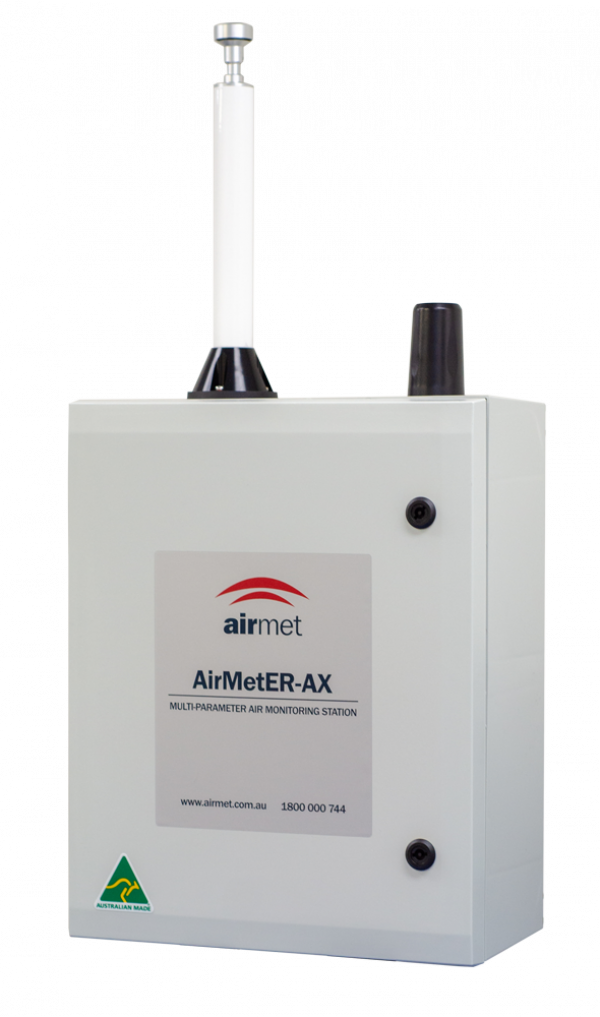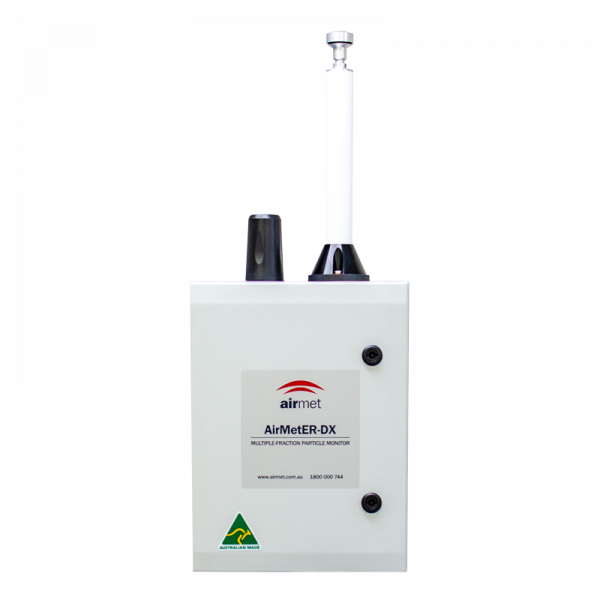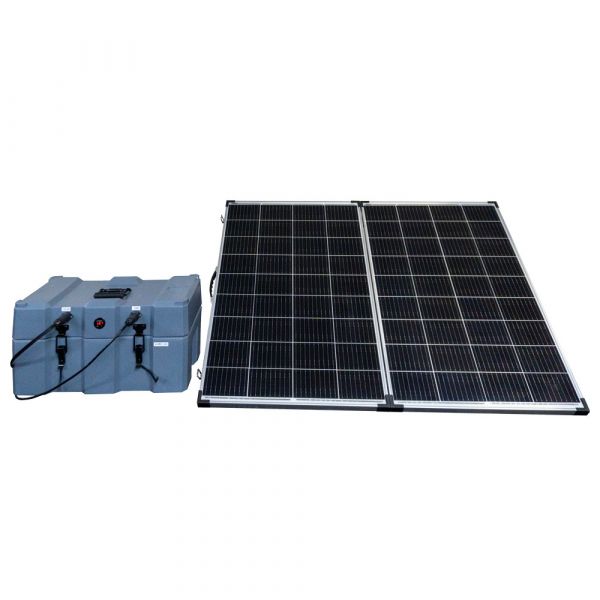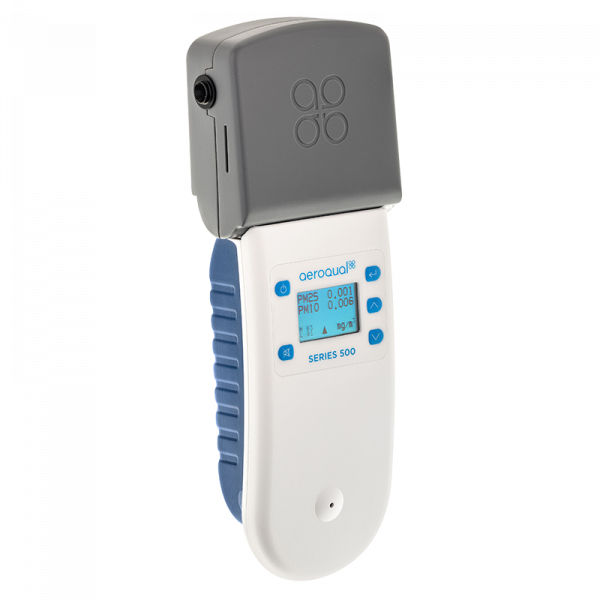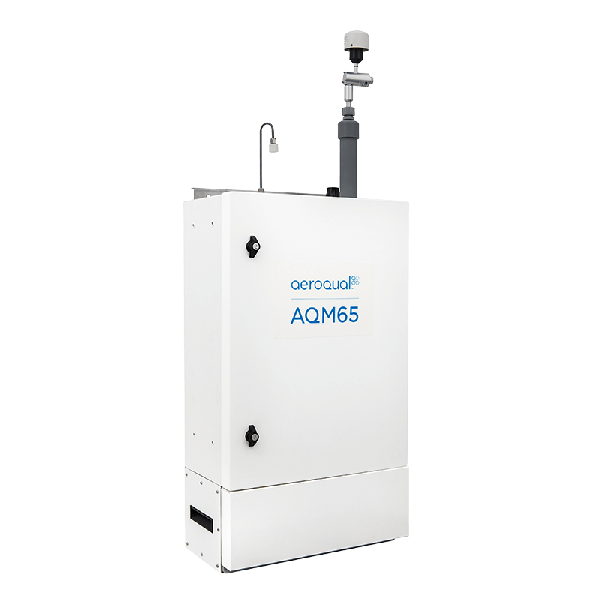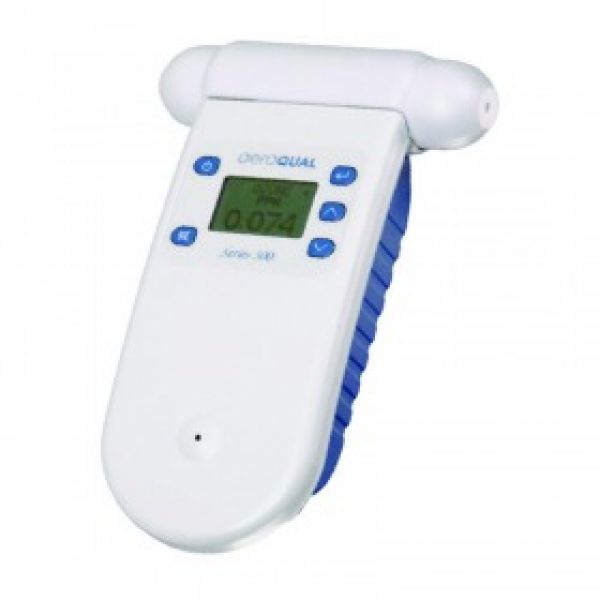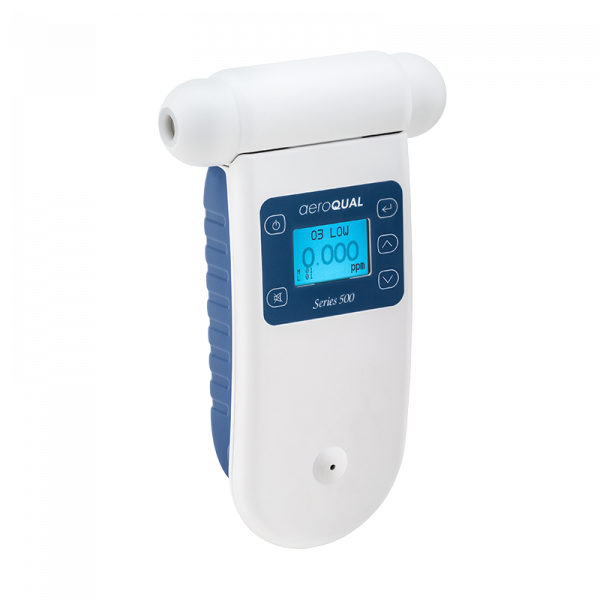Yes, Air-Met Scientific does hire a wide range of environmental air quality monitors to suit a range of monitoring requirements. With a dedicated rental department in most major cities, our rental team are experienced in ensuring our customers are equipped with the right air quality monitoring equipment for their projects. All equipment is regularly serviced and tested to ensure they are ready for use when they arrive.
Yes, Air-Met Scientific is proud to offer a range of equipment maintenance solutions for air quality monitoring equipment. Recognising the critical role of accurate and reliable data in managing environmental health and safety, our qualified service teams are able to assist in a range of servicing solutions including instrument repairs, air quality monitor calibrations, firmware updates and more.
Air quality monitoring stations such as the AirMetER Monitoring Station Series are devices equipped with various instruments and sensors to measure and analyse the levels of different air pollutants in a specific location. These stations play a crucial role in assessing and maintaining air quality, providing valuable data for environmental and public health purposes. Air quality monitoring stations collect data continuously, providing real-time or periodic updates on the levels of these pollutants.
The information helps authorities, environmental agencies such as the National Environment Protection Council, and researchers to understand the quality of the air, identify pollution sources, implement regulatory measures, and take appropriate actions to protect public health and the environment. These are also vital for projects whereby pollutants can affect neighbouring businesses and residents to ensure hazards stay within an acceptable and safe limit such as in major construction and infrastructure projects.
Environmental air quality monitoring stations track various pollutants to safeguard public health and the environment. These pollutants, like PM2.5 and ozone, can trigger respiratory issues, heart problems, and even contribute to climate change. By monitoring these pollutants, we can enforce regulations, make informed decisions, and ultimately, breathe cleaner air.
Setting environmental air quality standards in Australia involves a collaborative effort between several entities. In summary, these are:
National Level
National Environment Protection Council (NEPC): Intergovernmental body of environment ministers who set national standards through the National Environment Protection (Ambient Air Quality) Measure (NEPM).
Technical Guidance
Australian Government Department of Climate Change, Energy, the Environment and Water (DCCEEW): Provides research, technical expertise, and manages specific regulations like product emissions standards.
Independent Science Advice
Ambient Air Quality Advisory Council (AAQAC): Independent body of scientific experts who advise the NEPC on air quality issues.
Local Implementation and Adaptation
State and Territory Governments: Implement the NEPM within their jurisdictions, adapting it to local conditions and potentially setting stricter standards.
Both indoor and outdoor air quality monitoring are crucial for safeguarding our health, but they focus on different hazards and require distinct approaches. The main differences between the two are:
The Environment
- Outdoor: Outdoor air quality monitoring focuses on assessing the air quality in open or outdoor spaces, such as urban areas, industrial zones, mine sites and rural environments. The concentration of pollutants can fluctuate depending on weather and wind.
- Indoor: Indoor air quality (IAQ) monitoring is concerned with the air quality within enclosed spaces, such as homes, offices, schools, and other buildings. As a result of the confined space, the concentration of pollutants is often higher than in open spaces
Pollution Sources
- Outdoor: Outdoor air quality is influenced by a mix of natural and anthropogenic sources, including vehicle emissions, industrial activities, power plants, and natural events like bush fires.
- Indoor: Monitoring IAQ involves assessing pollutants that originate from indoor sources, such as cooking appliances, cleaning products, furniture, and building materials.
Health Effects
- Outdoor: Outdoor air pollution, especially particulate matter (PM) , can have both short-term and long-term effects on respiratory and cardiovascular health. It may also contribute to other systemic health issues.
- Indoor: Poor indoor air quality can lead to short-term health effects like irritation of the eyes, nose, and throat, headaches, and fatigue. Long-term exposure to certain indoor pollutants may also contribute to respiratory diseases, allergies, and other chronic health conditions.
Monitoring Goals
- Outdoor: Addressing outdoor air quality often involves regulatory measures to control emissions. It assesses compliance with regulations, tracks trends, and informs public health advisories.
- Indoor: Indoor air quality monitoring creates healthy environments, identifies specific pollutant sources, and implements mitigation strategies like improved ventilation or filtration.

